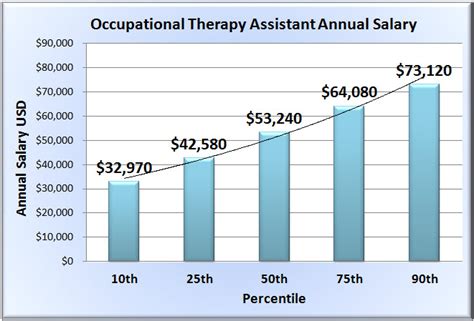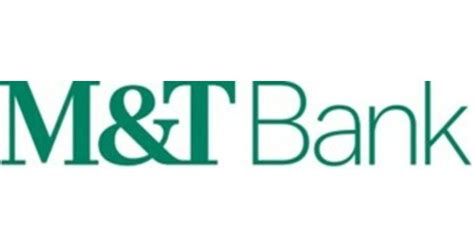5 Parvo Vaccination Tips

Canine parvovirus, commonly referred to as parvo, is a highly contagious and potentially life-threatening disease that affects dogs of all ages, but particularly puppies. The virus is primarily spread through direct contact with an infected dog's feces, and it can also survive on surfaces and in environments for extended periods. Vaccination against parvo is a crucial step in protecting dogs from this disease. Here are some key considerations and tips regarding parvo vaccination to ensure your dog remains safe and healthy.
Understanding Parvo Vaccination

Parvo vaccination is typically included in the core vaccine series for dogs, which also includes distemper, hepatitis, and rabies. The core vaccines are considered essential for all dogs due to the serious nature of the diseases they prevent. The parvo vaccine is usually administered in a combination vaccine, such as the DHPP (distemper, hepatitis, parvovirus, and parainfluenza) vaccine. Puppies usually receive their first parvo vaccination at 6 to 8 weeks of age, with booster shots given every 3 to 4 weeks until they are 16 to 17 weeks old. Adult dogs that have not been vaccinated or have an unknown vaccination history may also need to be vaccinated.
Tip 1: Follow the Recommended Vaccination Schedule
It’s crucial to follow the vaccination schedule recommended by your veterinarian to ensure your puppy is adequately protected against parvo. The initial series of vaccinations and boosters are designed to provide immunity before the puppy is exposed to the virus. Adhering to this schedule helps in building a strong immune response, reducing the risk of parvo infection.
| Vaccination Age | Vaccine Type |
|---|---|
| 6-8 weeks | First DHPP vaccination |
| 10-12 weeks | Second DHPP vaccination |
| 14-16 weeks | Third DHPP vaccination |
| 1 year | First adult DHPP vaccination/booster |

Tip 2: Keep Your Dog Isolated Until Fully Vaccinated
Until your puppy has completed the full series of vaccinations, it’s essential to keep them isolated from other dogs and areas where dogs frequent, such as dog parks, pet stores, and sidewalks, to minimize the risk of exposure to parvo. This isolation should continue until your veterinarian confirms that your puppy’s vaccination series is complete and they are fully protected.
Tip 3: Ensure Boosters Are Up to Date
Adult dogs need regular booster shots to maintain their immunity against parvo. The frequency of these boosters can vary depending on factors such as the dog’s health status, lifestyle, and the type of vaccine used. Consult with your veterinarian to determine the best booster schedule for your dog.
Tip 4: Consider the Risks of Non-Core Vaccines
While core vaccines like the parvo vaccine are essential for all dogs, non-core vaccines are recommended based on the dog’s lifestyle and risk factors. It’s crucial to discuss the benefits and risks of all vaccines with your veterinarian to make informed decisions about your dog’s vaccination plan.
Tip 5: Monitor for Signs of Parvo
Despite vaccination, it’s essential to be aware of the signs of parvo infection, which can include vomiting, diarrhea (often bloody), lethargy, and loss of appetite. If you suspect your dog has been exposed to parvo or is showing any of these symptoms, seek veterinary care immediately. Early detection and treatment can significantly improve outcomes for dogs infected with parvo.
Key Points
- Follow the recommended parvo vaccination schedule to ensure your dog is adequately protected.
- Keep your puppy isolated until they are fully vaccinated to minimize exposure risk.
- Regular boosters are necessary for adult dogs to maintain immunity against parvo.
- Discuss the risks and benefits of all vaccines with your veterinarian.
- Be vigilant for signs of parvo infection and seek immediate veterinary care if suspected.
In conclusion, while parvo is a serious disease, the risk of infection can be significantly reduced through proper vaccination and preventive measures. By understanding the importance of parvo vaccination, following the recommended vaccination schedule, keeping your dog isolated until fully vaccinated, ensuring boosters are up to date, considering the risks of non-core vaccines, and monitoring for signs of parvo, you can help protect your dog from this potentially life-threatening disease.
What are the symptoms of parvo in dogs?
+The symptoms of parvo in dogs can include vomiting, diarrhea (often bloody), lethargy, and loss of appetite. If you suspect your dog has parvo, it’s crucial to seek veterinary care immediately.
How often do adult dogs need parvo boosters?
+The frequency of parvo boosters for adult dogs can vary depending on several factors, including the dog’s health status and lifestyle. Consult with your veterinarian to determine the best booster schedule for your dog.
Can parvo be treated if my dog is not vaccinated?
+Yes, parvo can be treated, but the prognosis is better if treatment is started early. Even if your dog is not vaccinated, seeking immediate veterinary care if you suspect parvo infection can significantly improve their chances of recovery.
Related Terms:
- Vaccination for parvovirus side effects
- parvovirus in dogs treatment
- Early signs of parvo
- Parvo treatment
- Parvo symptoms day by day
- Parvo vaccine schedule



